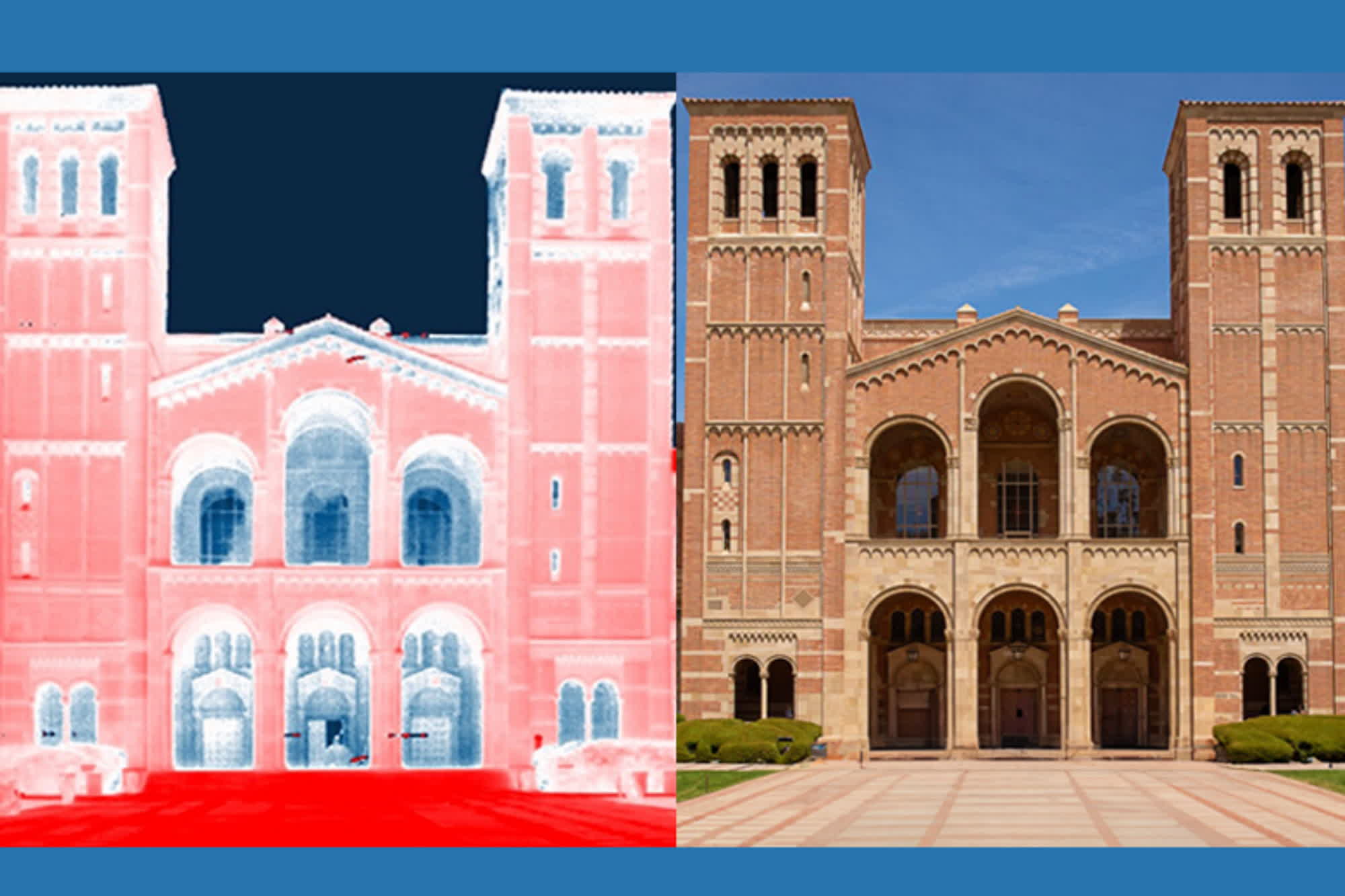Sweating Planet: Rising temperatures are transforming vast regions of the planet into unbearably hot environments. While air conditioning is effective at cooling indoor spaces, it is also an enormous drain on energy resources. As a result, scientists are seeking innovative solutions that can provide comparable cooling without consuming excessive energy or resources.
According to a recent study by researchers at the University of California, Los Angeles (UCLA), a new and promising mechanism could effectively regulate heat absorption using common building materials. This innovative passive cooling technology involves coating walls and windows to manage heat transfer between buildings and their surroundings more efficiently.
The "secret" to better heat management during hot and cold seasons lies in radiant heat. Radiant heat is the sensation we feel when a hot surface warms our body or home. This heat is carried by electromagnetic waves and can travel across the entire broadband spectrum at ground level between buildings and their surroundings. Streets and walls can quickly spread heat, while the sky interacts with a "much narrower" portion of the infrared spectrum known as the atmospheric transmission window.
The challenge for cooling technologies lies in the differences in how radiant heat transfers between buildings, the sky, and ground structures, especially for buildings with fewer skyward-facing surfaces. These types of buildings are difficult to cool in the summer because they retain heat from the ground and surrounding walls. Similarly, they are challenging to warm in the winter, as dropping outside temperatures draw heat away from the building.

The researchers discovered that common materials like polypropylene, sourced from everyday plastic products, can selectively and effectively radiate or absorb heat within the atmospheric transmission window. "These materials border on the mundane," said UCLA associate professor Aaswath Raman, "but the same scalability that makes them common also means that we could see them thermoregulating buildings in the near future."
The proposed regulating mechanism is entirely passive, the researchers explained, and is similar to painting dark roofs with a white tint. While using "super white" paint to reflect sunlight has proven to be a very effective solution for cooling buildings, the novel mechanism proposed by UCLA researchers can achieve a similar passive cooling effect at ground level.
This new technology can easily scale to cover large structures and would provide significant benefits for low-income communities where traditional cooling solutions are not available. Raman and his colleagues are now working to demonstrate this potential in real-world scenarios, including in heat-vulnerable communities in Southern California.
